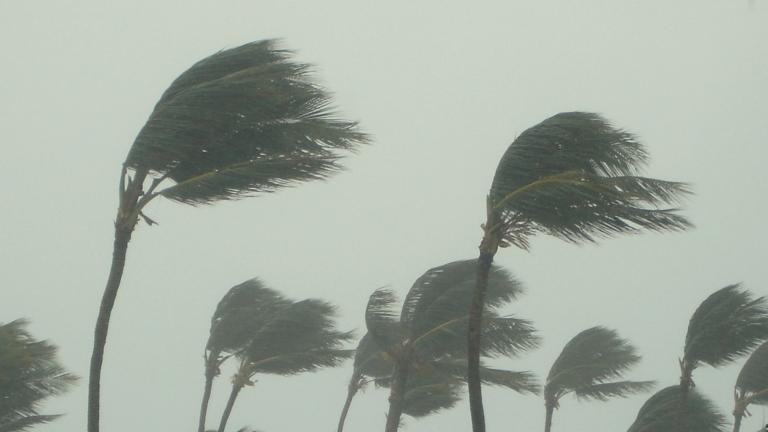Anti-Human Trafficking & Disaster Resilience

Human trafficking is the act of compelling someone to work, for little or no pay, through force, fraud, or coercion. It is a multidimensional problem that disproportionately impacts marginalized communities across the United States and around the world. While human trafficking can happen anywhere, systemic injustices like racism, homophobia, sexism, economic inequality, and more lead some people to face more risk of human trafficking than others.
While traffickers take advantage of the vulnerabilities created by these systemic inequities year-round, disasters, whether man-made or natural, have the potential to increase an individual's vulnerability to human trafficking. Man-made disasters include political conflict, war, and terrorism. Natural disasters typically refer to the effects of climate change and extreme weather events such as droughts, wildfires, tornadoes, hurricanes, and floods. Disasters exacerbate vulnerabilities to human trafficking by creating problems such as displacement, public infrastructure failure, financial strain, and emotional distress.
The World Bank has found that individuals displaced due to man-made or natural disasters are likely to lose assets, livelihood, and the ability to plan their future. They may also experience trauma and be at a greater risk of gender-based violence. Additionally, the disruption caused by disasters can have compounding effects. Displacement can present challenges for host governments and communities by straining their ability to deliver services and infrastructure. Without proper access to supportive services, community members’ basic needs – such as emergency shelter, food provisions, and healthcare – may go unmet. When people are most in need, they are also most vulnerable to exploitation by traffickers.
A recent example of this can be seen in and around Russia’s war in Ukraine. Russia’s invasion of Ukraine quickly caused the fastest-growing refugee crisis in Europe since the end of World War Two. In the early months of the war, the United Nations found that many of the refugees fleeing Ukraine experienced various forms of violence and exploitation, including human trafficking. Now in the second year of this war, traffickers are still taking advantage of forcibly displaced individuals' increased vulnerabilities. These vulnerabilities will increase as coping capacities are stretched and strained over time.